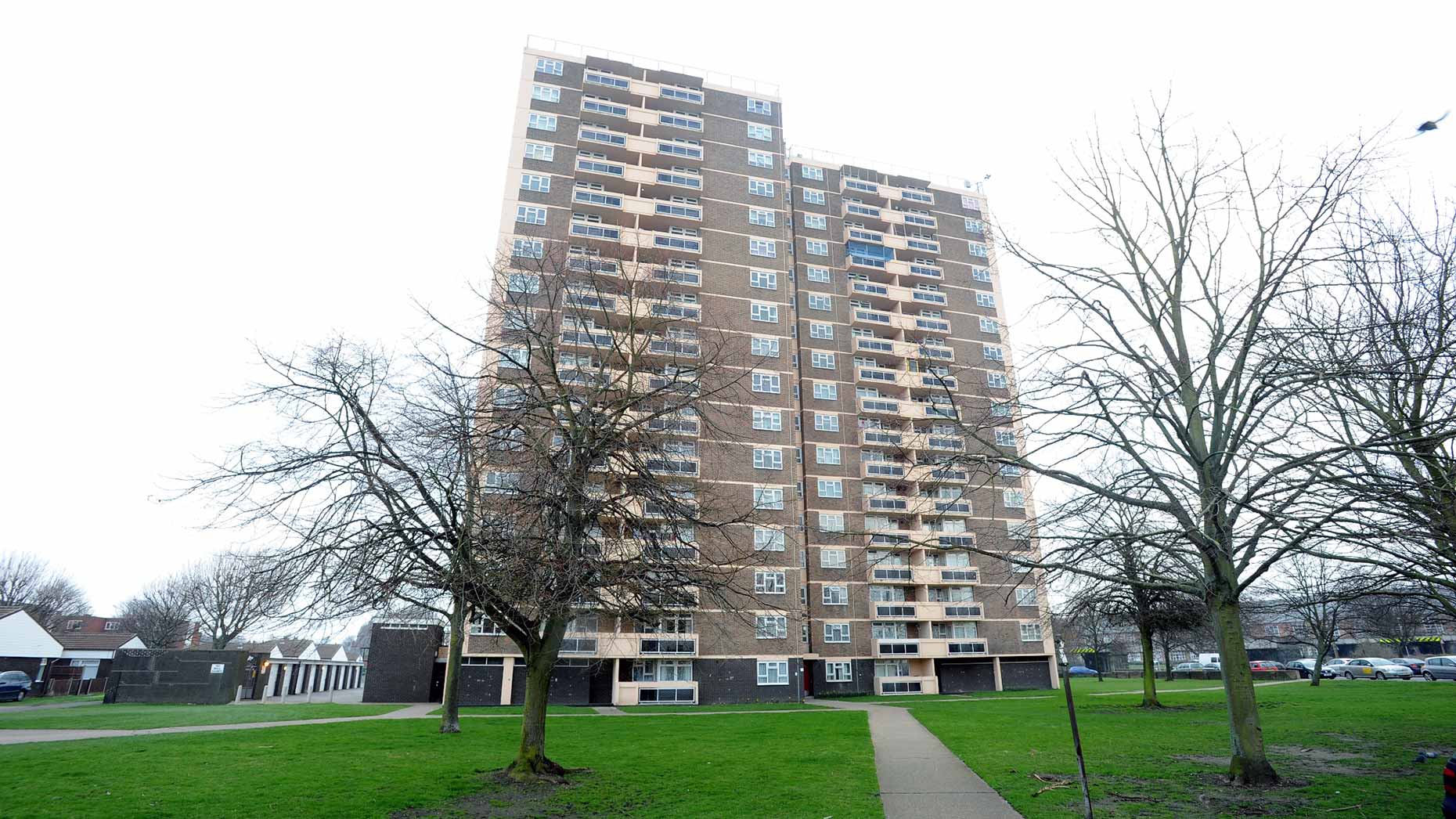Hazel is a History Lecturer at Bishop Grosseteste University and one of The Lincolnite’s Community Voices columnists. She loves Lincoln, and, not surprisingly, is passionate about its history. Her columns will highlight the famous local names that are a familiar part of contemporary Lincoln’s townscape.
The skyline of Lincoln is dominated by history with the Cathedral and the Castle providing visible reminders of the city’s past. Perhaps more taken for granted are the everyday connections to Lincoln’s history commemorated in the naming of modern buildings or streets. Names like Shuttleworth, Ellison, Sir Francis Hill, Leslie Manser and many more are now woven into the geography of modern Lincoln.
Shuttleworth House is a 17 storey block of 130 flats, opened in 1966, which towers over the Stamp End area of Lincoln. Built by Truscon Limited (who were also the main contractors for the other two tower blocks in Lincoln: Jarvis House and Trent View) its name recalls one of Lincoln’s first industrial pioneers, Joseph Shuttleworth. When it was built, Shuttleworth House represented the latest trends in modern architecture. It’s fitting that its name connects present day Lincoln to a hardworking man who did a great deal to modernise and change Lincoln in the 19th Century.
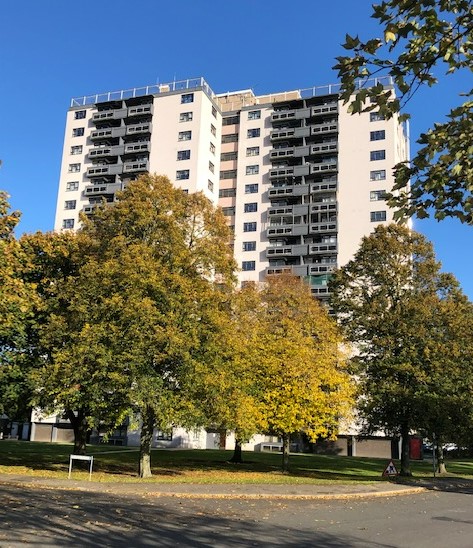
Shuttleworth House. Photo: Hazel Kent
Born in 1819, Shuttleworth began his working life as a boat-builder. Nearby, his brother-in-law, Nathanial Clayton was working as an iron-founder and steam-packet owner. The two businessmen combined forces in 1842 to set up a foundry on Waterside South. Clayton and Shuttleworth became an enormously successful business, particularly with their manufacture of steam powered farm machinery, becoming the largest company of the kind in Britain and exporting all over the world, as far away as Australia and South America.
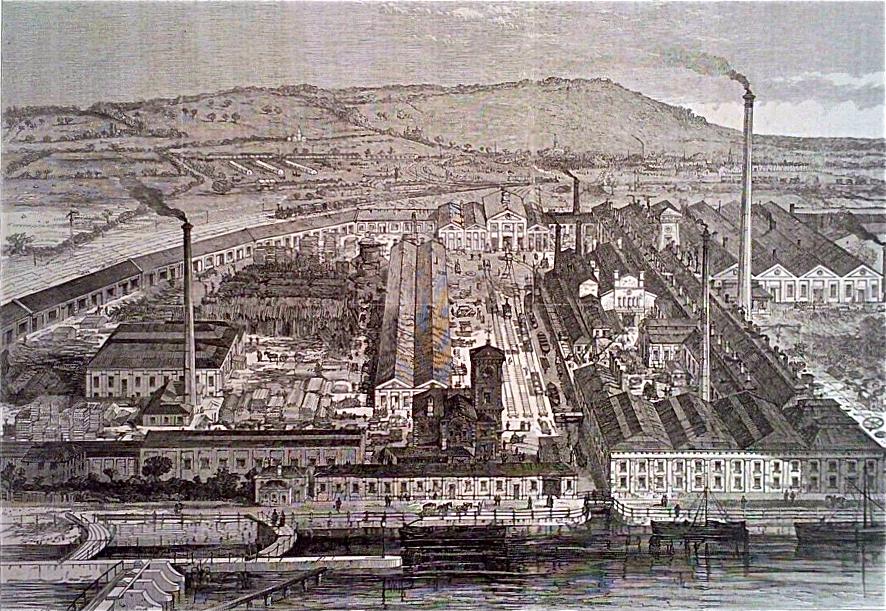
Clayton and Shuttleworth, 1869 (Illustrated London News)
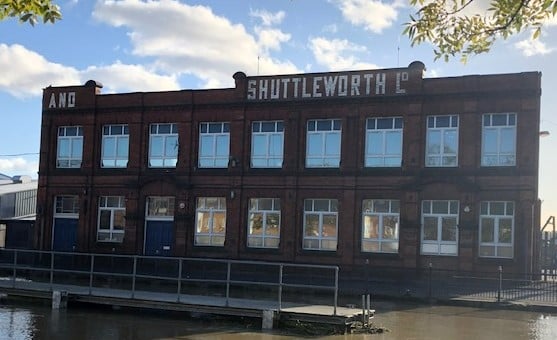
The remaining façade of Clayton and Shuttleworth’s building on Waterside South. Photo: Hazel Kent
Their economic impact on Lincoln was significant. By 1864, their premises extended over several acres and they employed 1,400 men. Many of their workers lived on the opposite side of the River Witham, some in the streets that a hundred years later were cleared to make way for Shuttleworth House. By the time Shuttleworth died in 1883 the firm had made 19,000 portable steam engines and 17,000 threshing machines. Obviously a keen entrepreneur, he had plenty of other business interests too, such as being involved with the railways and the Sutton Bridge Dock company.
In common with many other self-made wealthy industrialists, Joseph Shuttleworth became involved in local politics. He served on the town council as a liberal for many years and was elected Mayor of Lincoln in 1858. Fellow councillors of all political persuasions suggested that he was a ‘sober and respectable businessman’ who was easy to get on with. When a second company of the local militia (predecessor of the Territorial Army) was formed in Lincoln in 1869, Shuttleworth took an active role, becoming a captain and organising a company in the works, as well as paying for the necessary equipment.
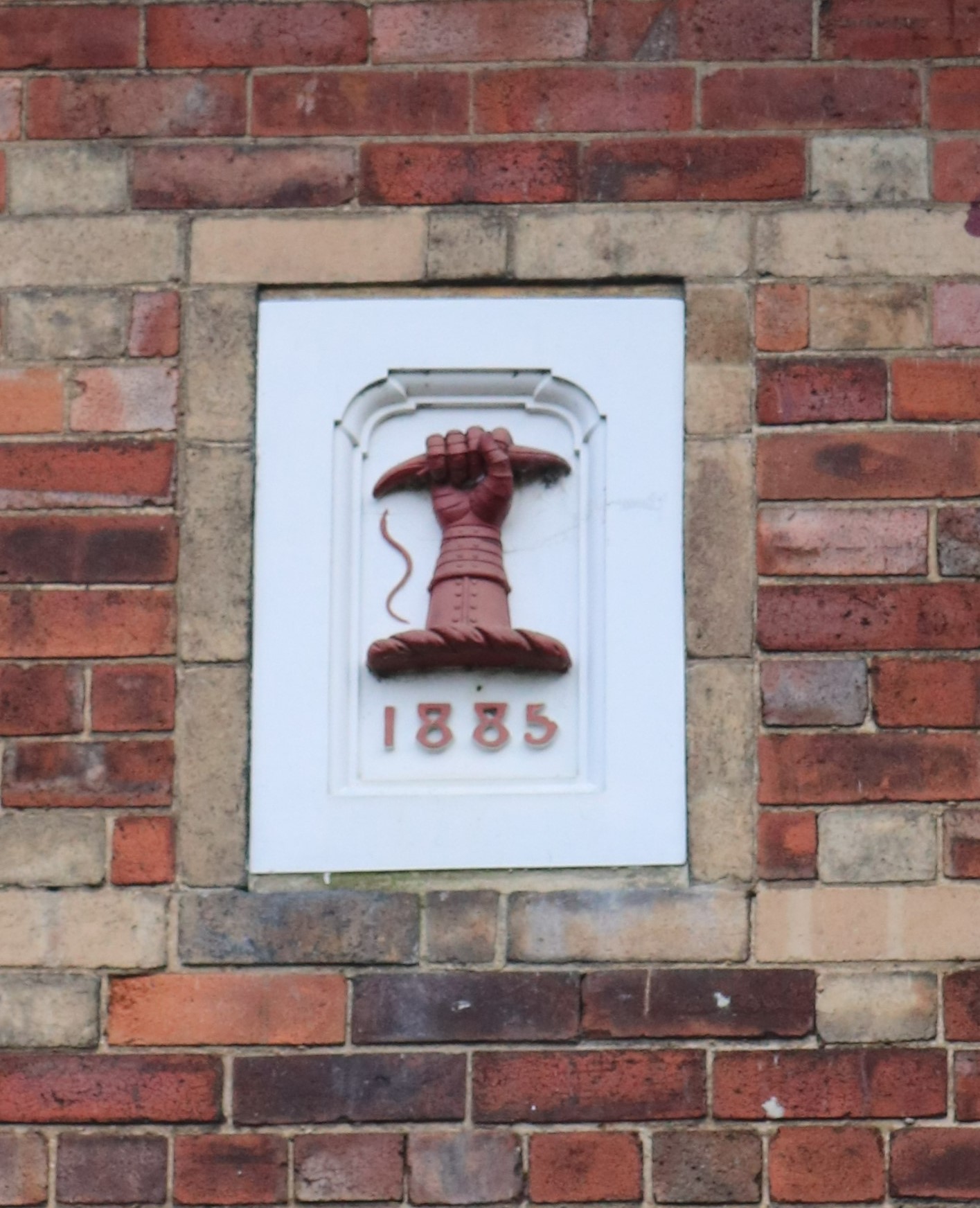
Shuttleworth’s crest. Photo: Liam Robinson
Shuttleworth also gave generously to other local causes. In 1880, The Times noted that Clayton and Shuttleworth had donated new bells to the Cathedral. Both were devout Anglicans and they paid for the replacement of St. Swithin’s Church and the building of All Saints’ Church on Monks Road: at the time these were known as ‘the Clayton and Shuttleworth churches’.
Understandably, he also used his wealth to provide a comfortable lifestyle for his family. Sadly, his first wife Sarah (Nathaniel Clayton’s sister) died in 1849. They had two sons: Alfred and Frank. In 1861 Joseph married again, to Caroline, the daughter of Colonel Ellison of Boultham Hall. Local gossip suggested that the marriage was a ‘misalliance’, but it seems they were happy together. That same year Shuttleworth bought the land around Skellingthorpe reservoir and had Hartsholme Hall built.
The reservoir became an ornamental lake in the grounds, which he had landscaped and designed by Edward Milner. (The House was demolished in 1951, and Lincoln Corporation transformed the estate into a park for the people of Lincoln). Not content with one house and estate, in 1871, Shuttleworth also bought the Ongley Estate at Old Warden in Bedfordshire.
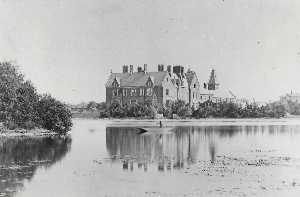
Shuttleworth’s own house Hartsholme Hall



